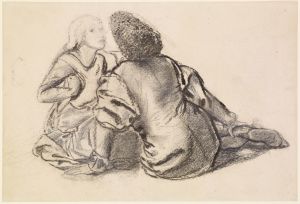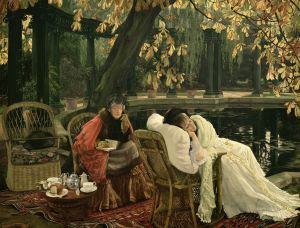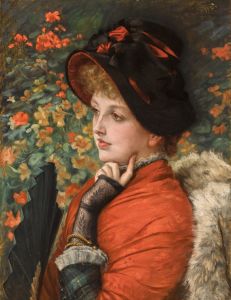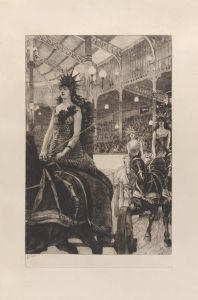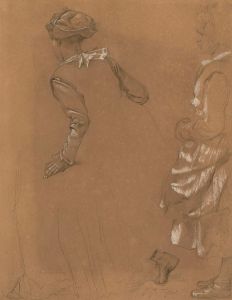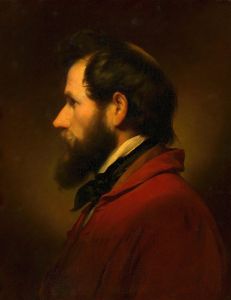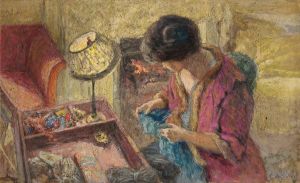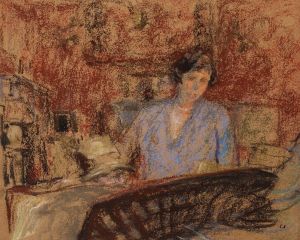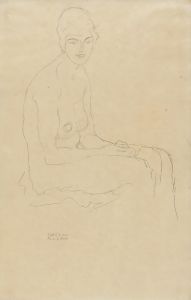
Portrait de Kathleen Newton
A hand-painted replica of James Tissot’s masterpiece Portrait de Kathleen Newton, meticulously crafted by professional artists to capture the true essence of the original. Each piece is created with museum-quality canvas and rare mineral pigments, carefully painted by experienced artists with delicate brushstrokes and rich, layered colors to perfectly recreate the texture of the original artwork. Unlike machine-printed reproductions, this hand-painted version brings the painting to life, infused with the artist’s emotions and skill in every stroke. Whether for personal collection or home decoration, it instantly elevates the artistic atmosphere of any space.
"Portrait de Kathleen Newton" is a painting by the French artist James Tissot, created in 1878. James Tissot, born Jacques Joseph Tissot on October 15, 1836, in Nantes, France, was a renowned painter and illustrator known for his detailed and realistic style. He spent a significant part of his career in London, where he became well-known for his depictions of fashionable society.
Kathleen Newton, the subject of this portrait, was an Irish woman who became Tissot's muse and companion. Born Kathleen Irene Ashburnham on May 11, 1854, in India, she moved to England after a brief marriage. Kathleen and Tissot met in 1875, and she soon became a central figure in his life and work. Their relationship was unconventional for the time, as they lived together openly without being married, which was considered scandalous in Victorian society.
The painting "Portrait de Kathleen Newton" captures Kathleen in a moment of quiet reflection. She is depicted seated, with a serene and contemplative expression. The composition of the painting is intimate, focusing closely on her face and upper body, which allows the viewer to connect with her on a personal level. Tissot's use of light and shadow, along with his meticulous attention to detail, highlights Kathleen's delicate features and the texture of her clothing.
Tissot's technique in this portrait is characteristic of his broader body of work, which often features rich, detailed textures and a keen observation of light. The painting exemplifies his ability to convey the personality and mood of his subjects, making them appear lifelike and relatable. The soft, naturalistic color palette and the careful rendering of Kathleen's expression contribute to the overall sense of intimacy and realism.
Kathleen Newton's presence in Tissot's life had a profound impact on his work. She appeared in many of his paintings during the late 1870s and early 1880s, often depicted in domestic settings that reflect their shared life. Unfortunately, Kathleen's life was cut short when she died of tuberculosis on November 9, 1882, at the age of 28. Her death deeply affected Tissot, and he withdrew from society for a period of time, eventually returning to France.
"Portrait de Kathleen Newton" remains one of Tissot's most poignant and personal works, capturing not only the likeness of his beloved muse but also the depth of their emotional connection. The painting is a testament to Tissot's skill as an artist and his ability to convey the subtleties of human emotion through his art. Today, it is celebrated as a significant piece within Tissot's oeuvre and a touching tribute to Kathleen Newton.





